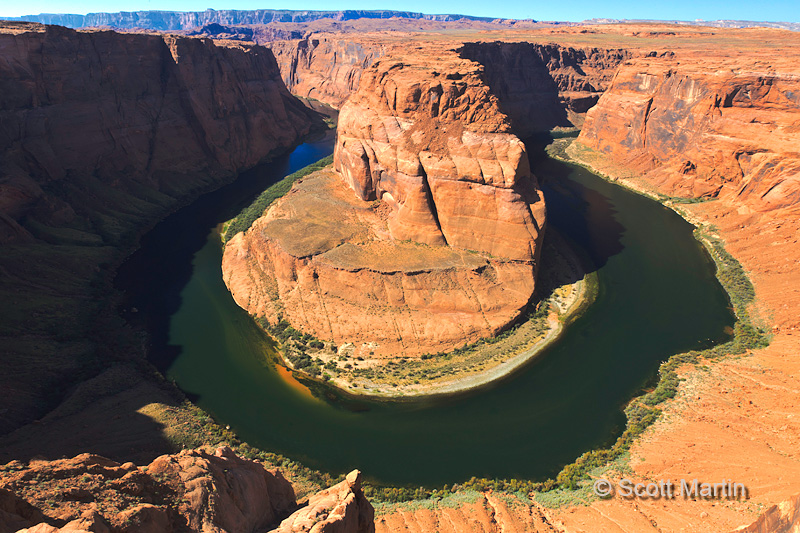
by Scott Martin Photography | Feb 11, 2012 | Blog, Landscapes, Naturescapes, Travel
The Horseshoe bend in the Colorado River is located just outside of Page Arizona just west of Highway 89. It is one of the most impressive vistas along the river and has become an iconic image of the Grand Canyon area. The Bend is reached by a rather short trail of three quarters of a mile, however the soft sand over most of the trail makes for a rather arduous trek and there is absolutely no shelter from the sun, so remember to take lots of water with you.

Taking a good picture of the bend is not done without a little fear and trepidation as the rim is over 1000 feet above the river and in order to keep the entire river in the frame the camera needs to be right on the brink. I set my tripod up as low as possible and crawled the last few feet to the brink on all fours. Once you peak your head over the edge its an awe-inspiring sight; Gods great handiwork right before for eyes! The image above was taken at a focal length of 16mm and is a single image. I have a number of panoramic images of the area which I may post later.
A couple of miles upstream from the Horseshoe bend is the Glen Canyon Dam, which is bigger than its more famous down stream cousin, the Hoover Dam, located just outside Las Vegas, Nevada. The Glen Canyon Dam is 710′ high and 1560′ wide and over 300′ thick at the base. The reservoir it created is Lake Powell, the second largest artificial lake in the States.
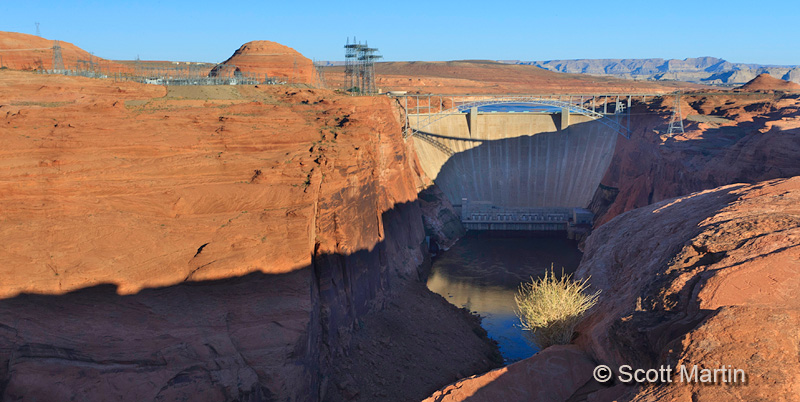
The Glen Canyon Dam was constructed between 1956-1966 while the Hoover Dam was built from 1931-1936.
We were visiting the dam mid-morning after hiking to the Horseshoe bend for sunrise. This created strong shadows across the face of the dam which results in poor images, however here is an attempt to make an artistic shot of a hydroelectric dam.
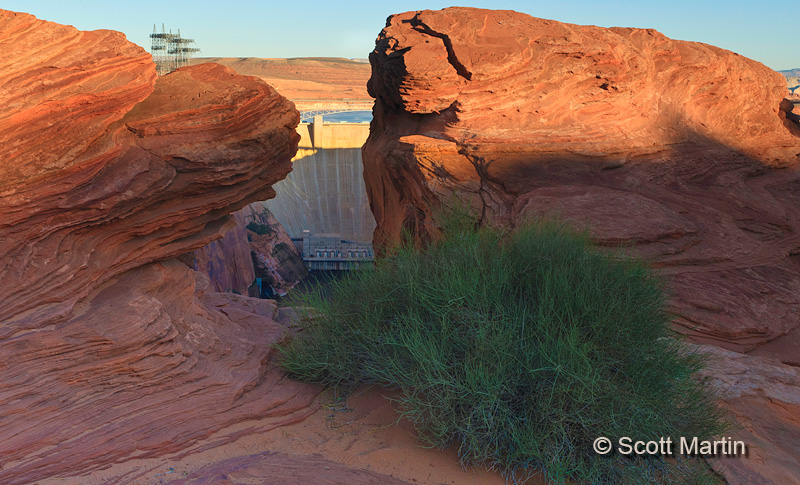
Page AZ is also known for the Antelope Slot Canyons, which are a must see when in the area.
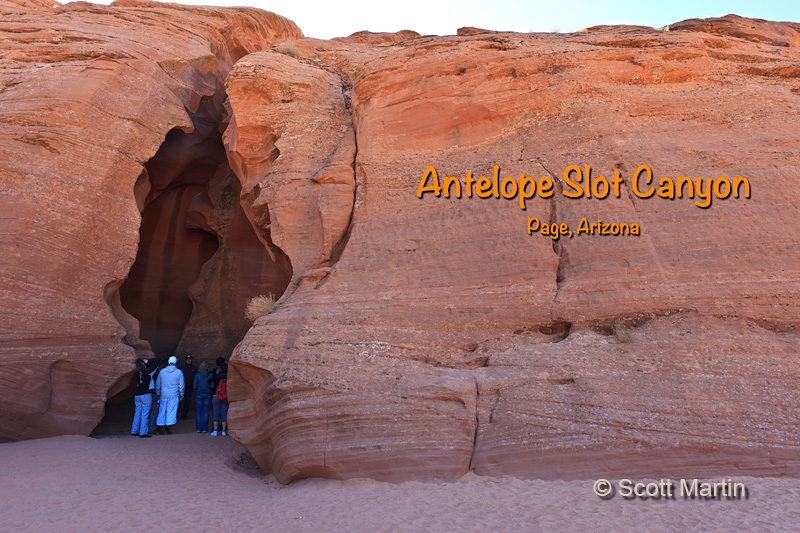
by Scott Martin Photography | Jan 14, 2012 | Blog, Landscapes, Naturescapes, Travel
The Antelope Slot Canyons, located on Navajo lands just outside Page Arizona are arguably the most famous and picturesque slot canyons in the world. The canyons are accessible only with a Navajo guide and a specialized 4×4 truck transports you the last couple of miles from the nearest road to the canyon entrance. We used the services of Caroline Ekis who owns and operates Antelope Canyon Tours. They have dedicated photography tours which limits the number of participants to eight at a time which makes it a bit easier to set up gear, however many other tour groups are also in the canyon at the same time so the biggest challenge is getting a shot without someone walking in front of the camera during the 20-30 second time exposures required in the canyon.

.
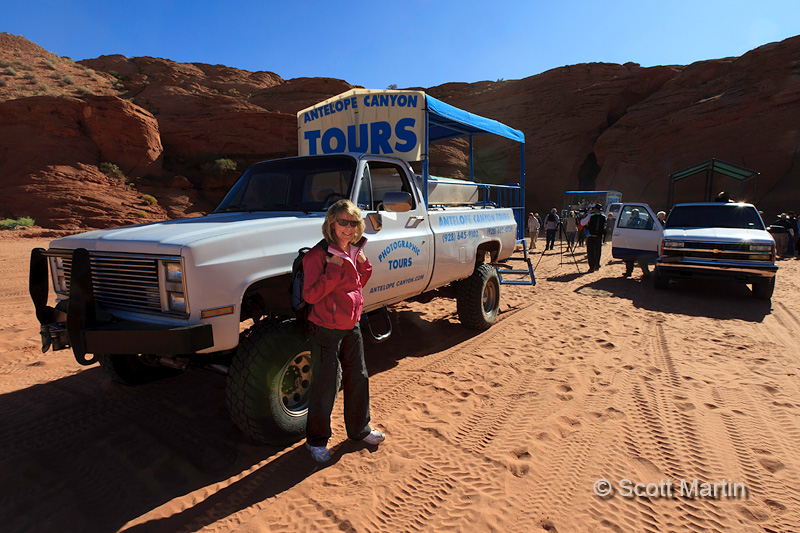
There are two Antelope canyons, the upper canyon which the one we visited and the lower canyon which is close by however requires one to climb down steep stairways to enter and leave the canyon. The slot canyons are formed when flash floods caused by rain storms during monsoon season rush through the sandstone mesas and literally carve the slots through the sandstone. Once the slot is formed, subsequent flooding travels through the same path making the slots deepen over time. Presently the Antelope Slot Canyons range up to 120 feet deep. The Upper Canyon is a little over 1/4 mile long and ranges in width at the bottom from less than three feet to fifteen or twenty feet in some places. If you are interested in more information on the canyons, here is a link to the Wikipedia Antelope Canyon site.
Photographically its a challenge in the canyon for a number of reasons, low available light necessities long exposures and good low light techniques (especially at the low ISO’s and small apertures required to minimize noise and maximize depth of field); the tall yet narrow slot requires a wide-angle lens (I used a 16-35mm lens 95% of the time); the EV variation between the top and bottom of the canyon makes exposure bracketing and the use of ND grad filters mandatory; avoiding people and protecting your tripod from getting bumped during exposure was a constant challenge.
Below are some images taken during the two hours we were allowed to remain in the canyon. The first is the entrance way where there is still lots of light.
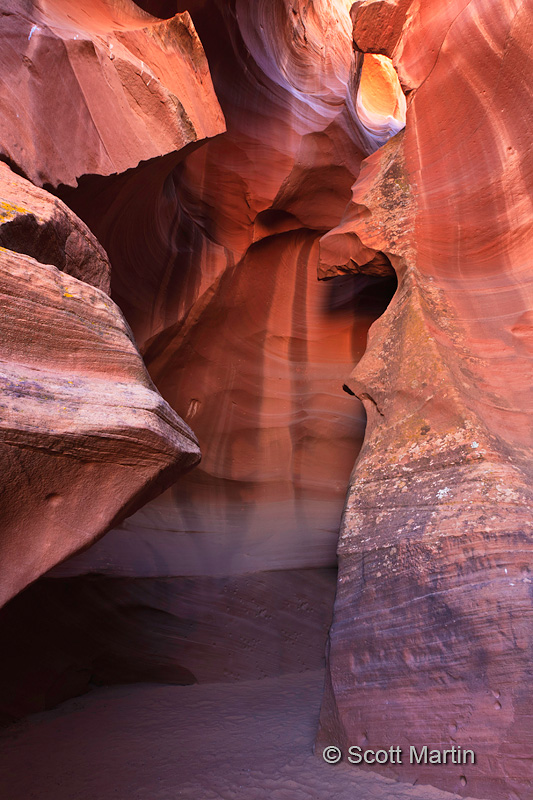
.
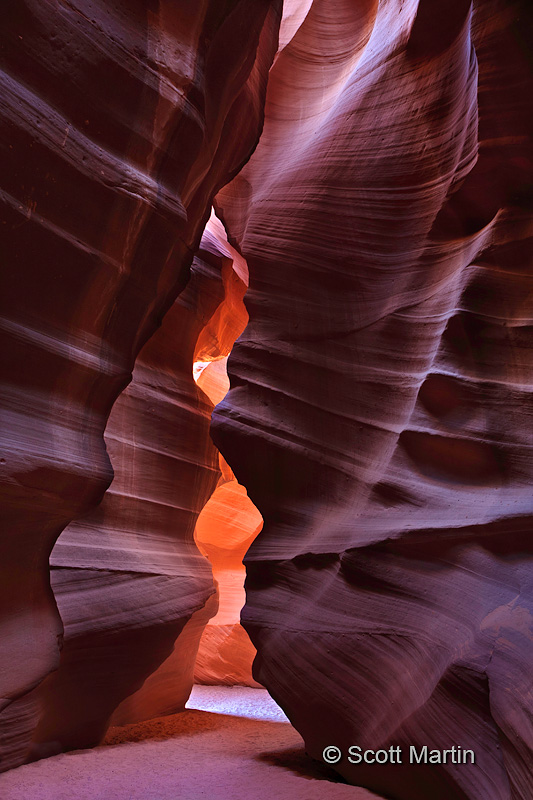
.
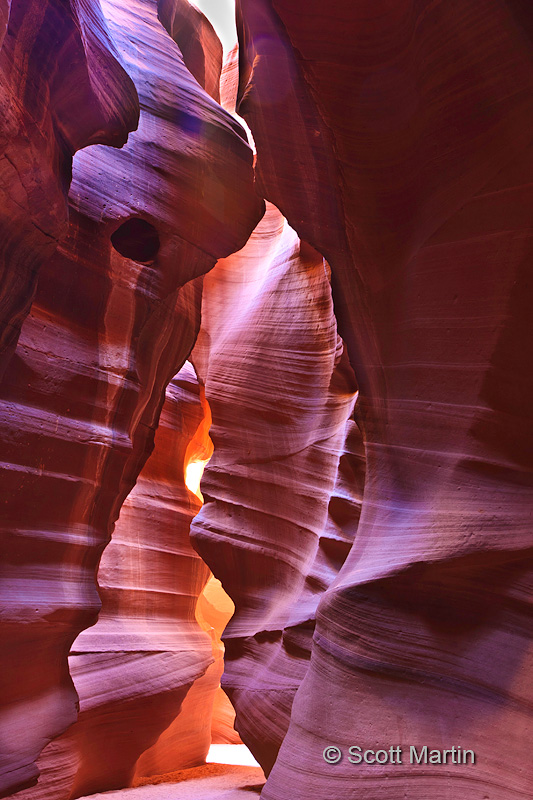
.
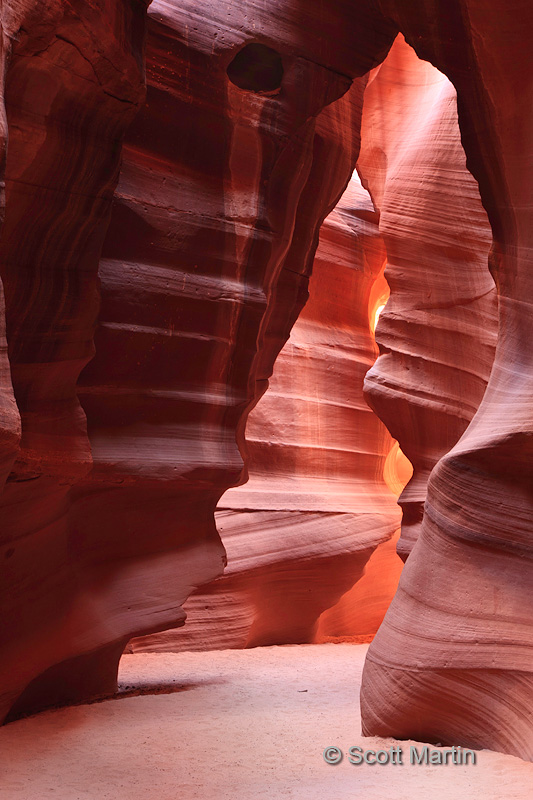
.
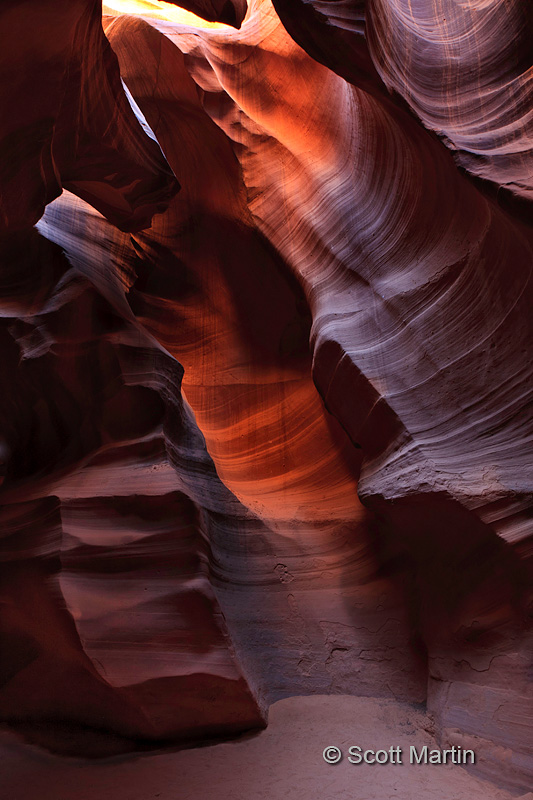
.
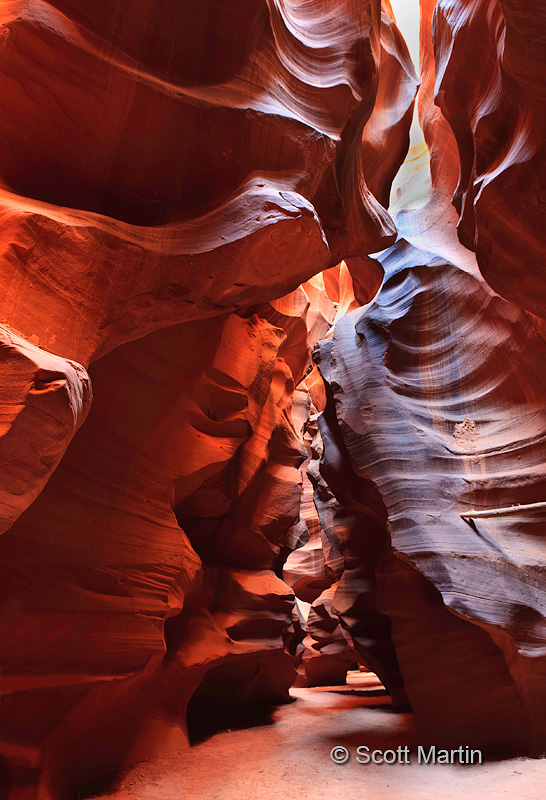
The stick on the right of the image below would have been deposited when the last storm waters moved through the canyon.
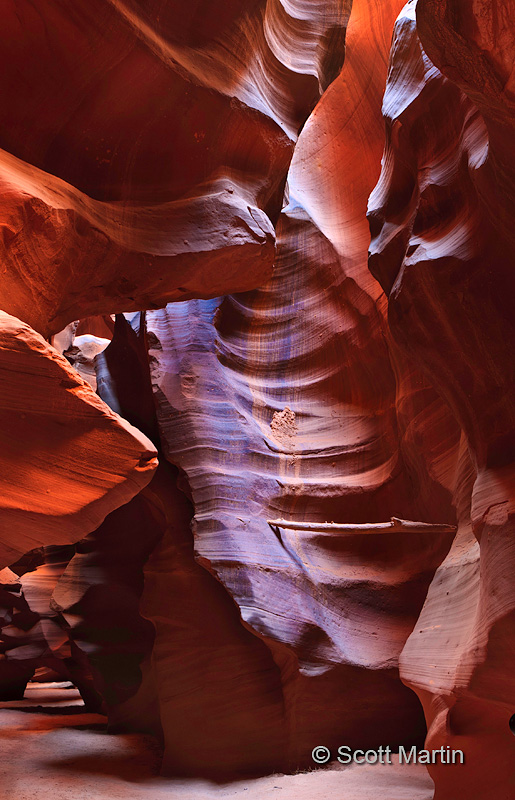
.
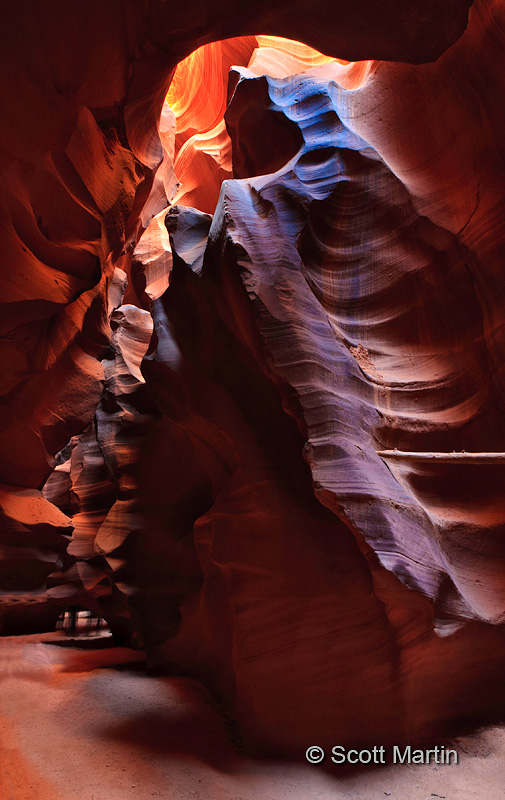
.
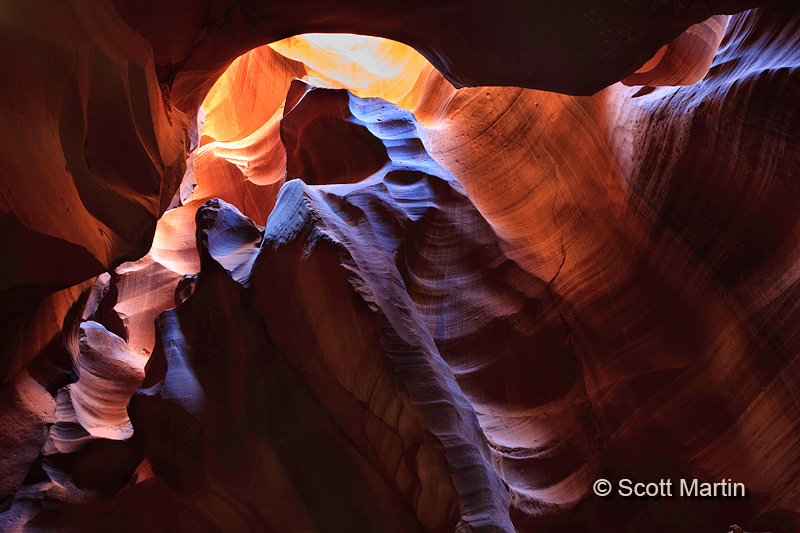
.
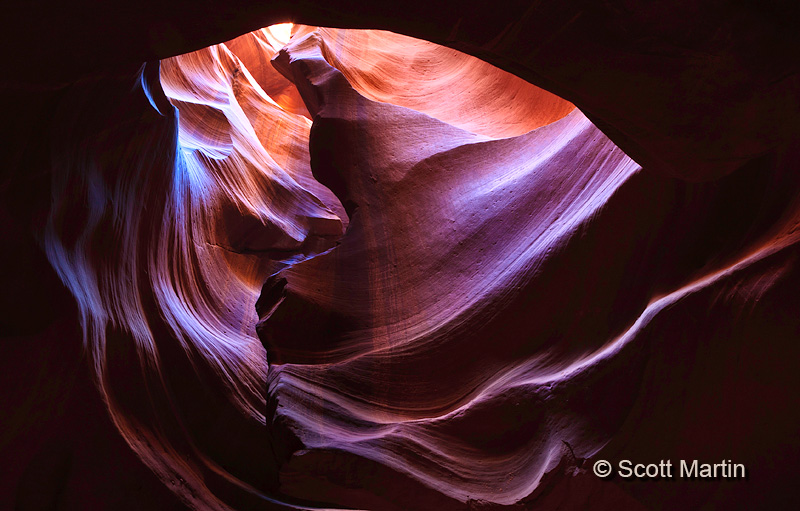
.
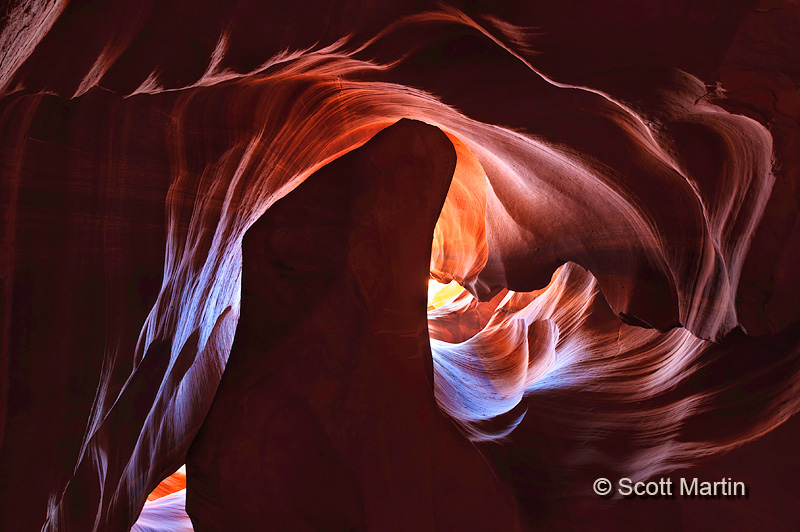
This next image is of the Antelope Canyon waterfall which is created by throwing a huge handful of sand on the rock wall and taking advantage of the long time exposure to create the waterfall effect.

The next few images are my attempt to be creative, which is always a challenge. The following two images are the same except for the exposure time is much less in the first therefore bringing out the deep blues and violets in the rocks.
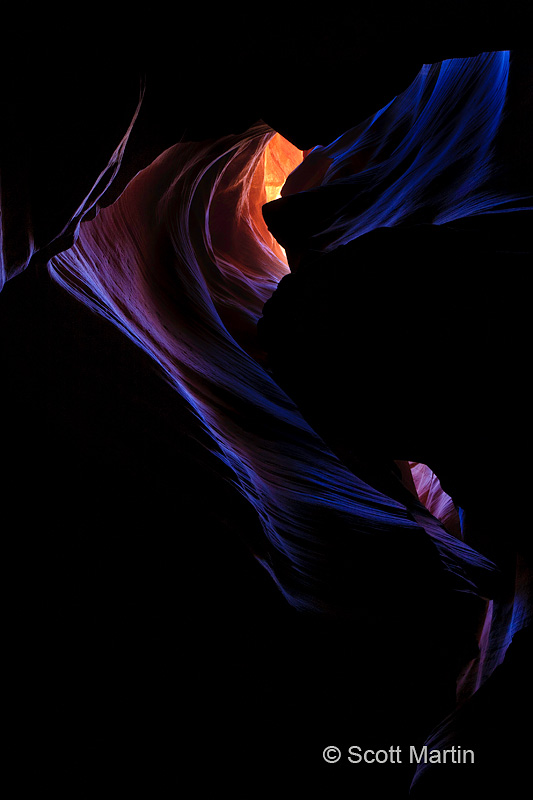
.
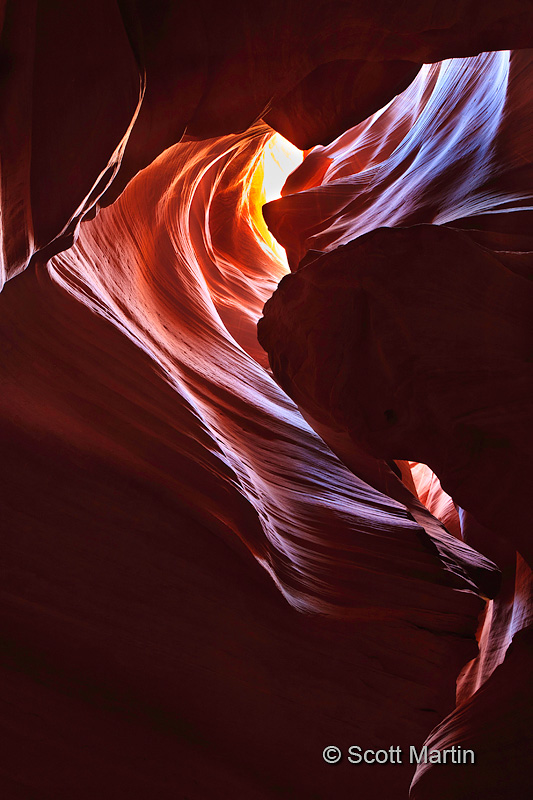
.
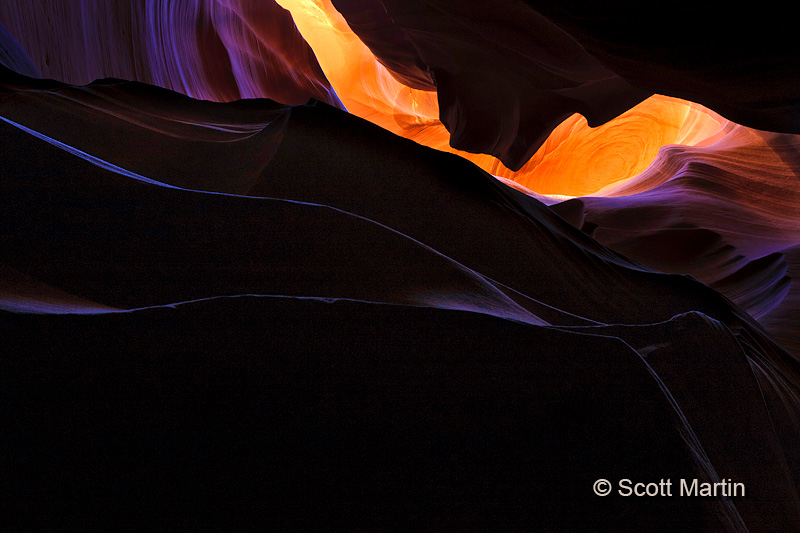
This last shot is the far end of the slot canyon. It took almost two hours to work our way from one end to the other and about ten minutes to rush back through the slot and back to the truck.
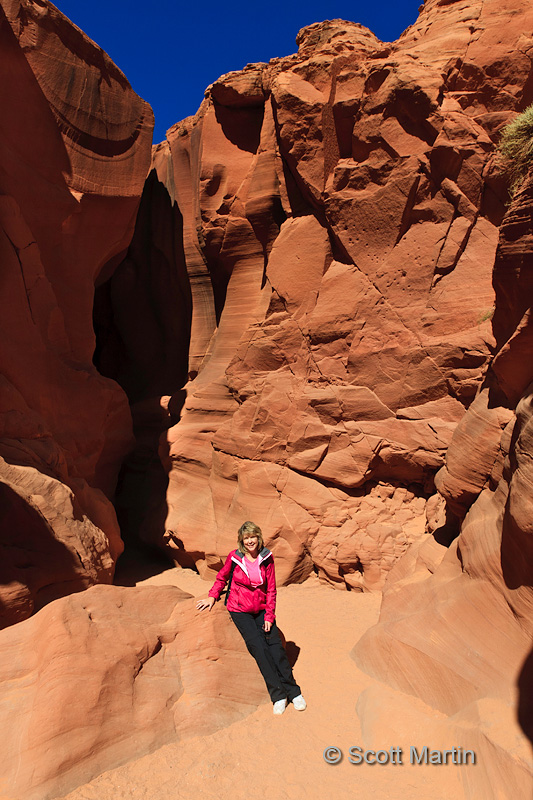
These images and a few more can be seen in the Antelope Canyon Gallery
After leaving the Antelope Canyon we travelled about ten miles to the famous Horseshoe Bend in the Colorado River which will be the focus of an upcoming blog entry.
Visiting the Antelope Slot Canyons was a fantastic experience and I would highly recommend that the next time you are in the vicinity of the Grand Canyon you make it a point to visit Page. Page Arizona is in the north central part of the state and is about a four drive from either Phoenix or Las Vegas.
























Follow Scott Martin Photography